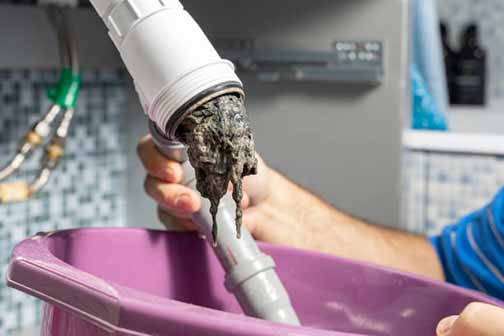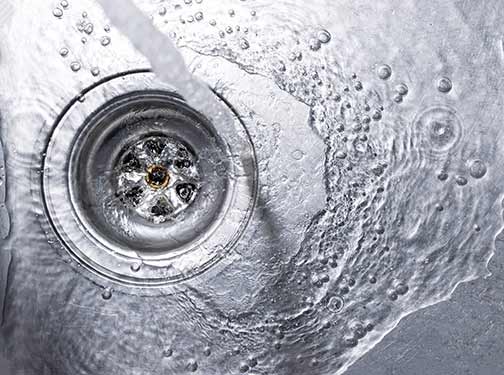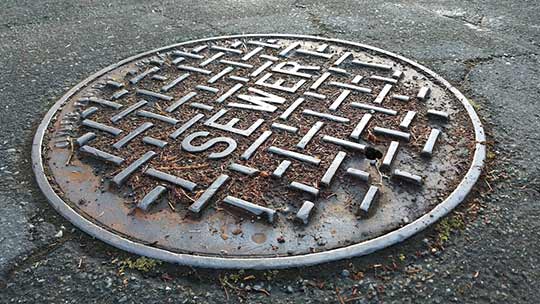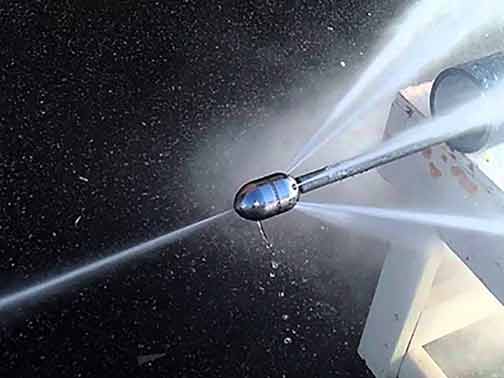
Dealing with a backed up drain is a common issue for home owners; it can be both inconvenient and expensive if not addressed quickly. In some cases, conventional methods such as snakes and augers are not enough to resolve drainage blockages caused by grease, sludge and other debris. Hydro jetting, a cost-effective, non-invasive process of flushing water through a pipe to clear blockages, is a great option for homeowners dealing with clogged drains. In this article, we’ll take a look at why hydro jetting could be the best solution for your backed up drain.
What is Hydro Jetting?
Hydro jetting is a process that uses a high-pressure, water-propelled jet to dislodge and remove clogs, as well as other debris such as grease and sludge, from a pipe. The jetting device is inserted through an existing clean-out or access point, and the pressure of the water is adjustable depending on the type of obstruction. Hydro jetting is fast and efficient, and can often clear the toughest blockages in residential and commercial sewer line systems.
Advantages of Hydro Jetting
Hydro jetting has many advantages for homeowners dealing with clogged drains, such as:
- Cost-Effective: Hydro jetting is a relatively affordable way to resolve drainage blockages, compared to other methods due to long-term solutions.
- Non-Invasive: Hydro jetting uses pressurized water to flush out the pipe and does not require any digging or excavation.
- Fast and Effective: Hydro jetting is quick, efficient and can be completed in a relatively short amount of time.
- Long-Lasting: Hydro jetting can also remove build-up and sediment, ensuring that the drain lines remain clean and clear.
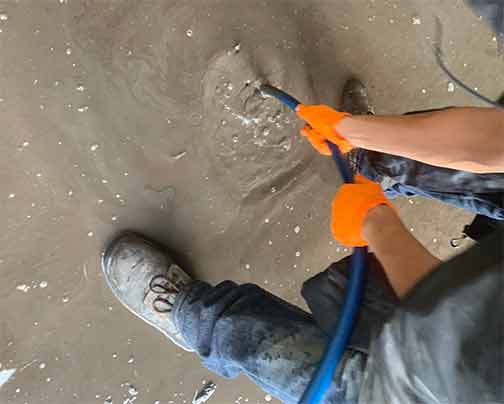
Hydro jetting can be a great solution for certain blockages, as it is cost-effective, non-invasive, fast and effective.
Disadvantages of Hydro Jetting
Hydro jetting also has some disadvantages that must be taken into consideration. For example, hydro jetting can be more expensive than traditional methods such as a sewer rodding service. Additionally, hydro jetting requires access to an existing clean-out or access point. Lastly, it should be noted that hydro jetting is not suitable for older pipes which may be in disrepair, as the pressurized water can cause further damage to the pipes.
Final Considerations
When it comes to dealing with a backed up drain, homeowners must be aware of all the available methods for resolving the issue. Hydro jetting can be a great solution for certain blockages, as it is cost-effective, non-invasive, fast and effective. However, it’s important to consider the disadvantages as well and be mindful of what your particular situation calls for. If you have a backed up drain, it’s best to contact a professional hydro jetting plumber who can assess the situation and provide the best possible solution. Hydro jetting, when done correctly, can be a great way to restore your drain and keep everything flowing smoothly.
